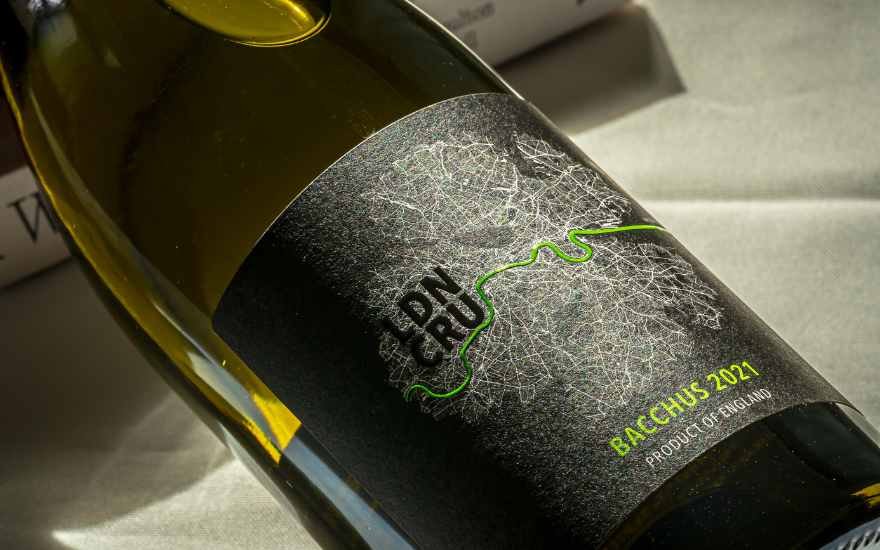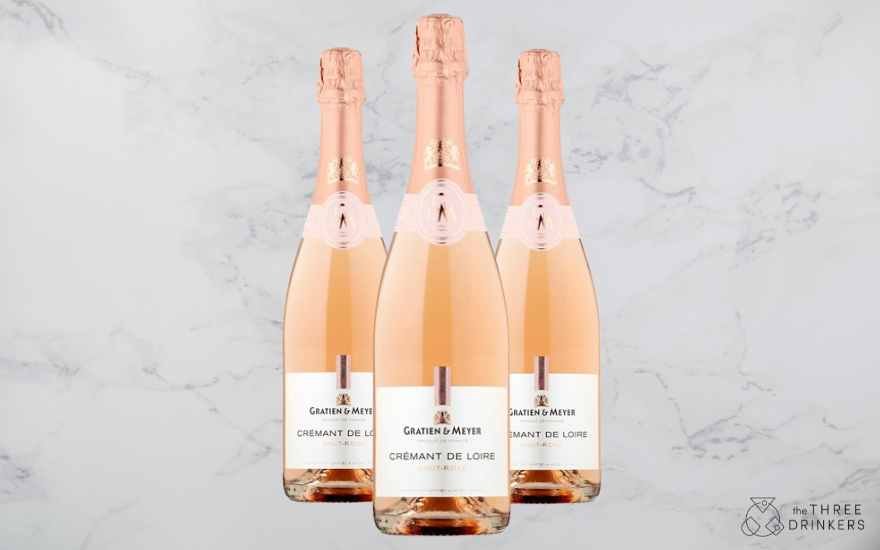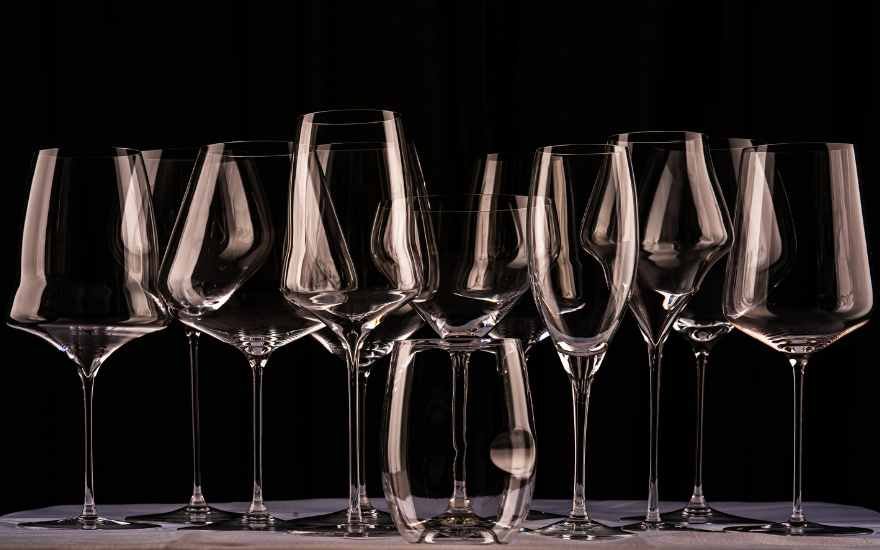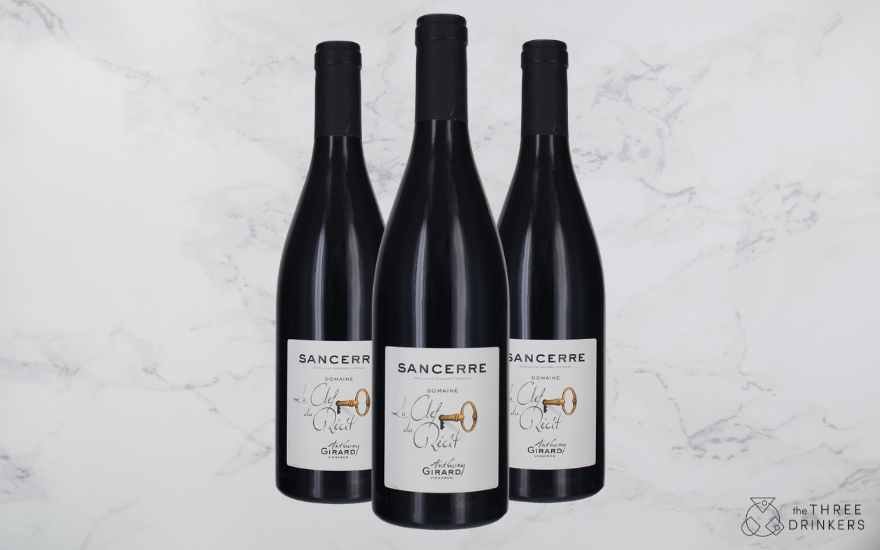Shop at Sainsbury’s? Love quality, affordable wine? You’ve hit the motherload! We’ve trawled through the offers for April’s best bottles and identified the stars. Here’s 5 reds and 5 whites that all cost less than £10, but taste far more expensive. The offers have already begun and you have until the 23rd April to take advantage!
Sainsbury’s Red Wines April 2024
Diablo Dark Red
We’re delighted to see this Chilean gem back on offer, although we have to say it more than justifies its full price too. The design may be devilish but make no mistake, this is heaven in a bottle. The fruity flavours are memorably deep, most notably cherry, blackberry and damson. Vanilla and dark chocolate round things off indulgently.
Size: 750ml
ABV: 13.5%
Find here: £9 (usually £10.50)
Carnivor Zinfandel Red Wine
You can guess from the name where this one takes you. It’s perfect alongside meats and everything you want from Cali Zinfandel – it hits hard and has great structure. The jammy blackberry is lovely and rich. It’s indulgent and well worth picking up below £10.
Size: 750ml
ABV: 14%
Find here: £9 (usually £10.50)
Journey's End Spekboom Syrah
Not only is this South African red delicious, it’s also got a really interesting background. Spekboom is also known as Elephant Bush, and it absorbs an incredible amount of CO2. Journey’s End plant loads of it, and still find time to make velvety, spicy reds like this. The savoury notes of smoky olives really bring everything together.
Size: 750ml
ABV: 14%
Find here: £9 (usually £11)
Altano Rewilding Edition Douro Red
This is another conservation-minded wine supporting Rewilding Portugal. On top of that, bucket loads of attitude and altitude make for a fresh and soft red driven by plum and damson. We’d serve this alongside midweek pasta dishes.
Size: 750ml
ABV: 14%
Find here: £9 (usually £10.50)
McGuigan Reserve Merlot
Ever reliable, McGuigan’s Reserve Merlot is a real crowd pleaser for £7. It’s pretty much the definition of easy drinking, with accessible notes of luscious plum, cherry and blackberry. It’s on the light side as Merlots go, but still full of deep fruits.
Size: 750ml
ABV: 13%
Find here: £7 (usually £7.75)
Sainsbury’s White Wines April 2024
The Ned Sauvignon Blanc
The Ned are a constant source of value on the supermarket shelves. Their Kiwi Sauvignon goes with everything, delivering tremendous freshness and dryness. Think zippy lime, tropical touches and minerality where required. Solid as a rock.
Size: 750ml
ABV: 13%
Find here: £9 (usually £10.50)
Diablo Golden Chardonnay
Bargain Chilean Chard. There is all sorts going on inside this bottle. The buttery feel is instant, but then comes the tropical kick of pineapple, wet stone, and the gentlest waft of smoke. It goes on some surprising twists and turns, but it’s a delicious journey.
Size: 750ml
ABV: 13.5%
Find here: £9 (usually £10.50)
Rocca Murer Pinot Grigio Trentino
This is a crisp Trentino full of light citrus and peach, grassy notes and characterful minerality. Everything about it feels light and it strikes us as extremely food-friendly – think shellfish and vegetarian dishes.
Size: 750ml
ABV: 12.5%
Find here: £7 (usually £8.25)
Plaimont Côtes De Gascogne Colombard Sauvignon Blanc
What a punch for the money. Hailing from sunny Côtes De Gascogne, the razor acidity really slices through with this wine. Colombard is introduced bringing a softening effect but it’s the bundles of bright citrus that steals the show – perfect for tonnes of meals.
Size: 750ml
ABV: 11.5%
Find here: £7.25 (usually £9)
Amandla Our Future Sauvignon Blanc
We’re always happy to shout out this wine. The distillery it comes from is a great South African female-led all black enterprise, and their wines totally brighten up the shelves. Their vivid Sauvignon is brimming with zesty citrus and tropical passion fruit. Sharp as a knife and utterly delicious. £8 is a steal.
Size: 750ml
ABV: 13.5%
Find here: £8 (usually £9.50)!
If you shop elsewhere then not to worry, check our website for our other up to date Supermarket Bargains!

















































































